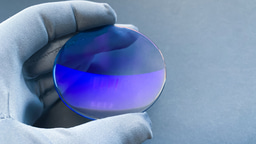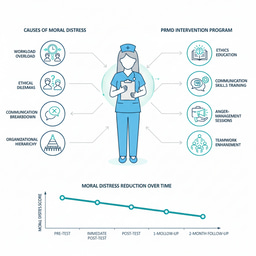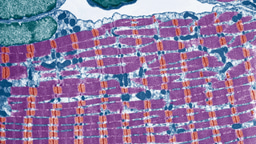The Future of Brain Implants: Soft, Biohybrid, and “Living” Neural Interfaces 🧠⚡
Published in Bioengineering & Biotechnology, Materials, and Neuroscience

Neural implants and Brain-Computer Interfaces (BCIs) are rapidly evolving, pushing the boundaries of what’s possible. Could soft, biohybrid, and "living" brain implants replace rigid materials? How can we ensure these technologies are safe, effective, and accessible? The future of neurotechnology is unfolding, and these are the big questions we must answer.
Neurotechnology is advancing at an extraordinary pace, bringing new breakthroughs in brain implants, devices that connect with the nervous system and treat neurological diseases. These implants have already improved millions of lives, helping people with paralysis walk again, preventing seizures, easing Parkinson’s Disease symptoms, and even offering new treatments for psychiatric disorders. Researchers continue to push the boundaries to make these technologies safer, longer-lasting, and accessible to those who need them most.
Despite these remarkable breakthroughs, there’s a major hurdle: our brains are soft, flexible, and squishy, but traditional implants are made from rigid materials like metals and silicon. This mismatch can lead to inflammation and scarring. The body recognizes the implant as a “foreign body” and covers it with a protective barrier, making it dysfunctional over time.
Scientists are now asking: What if we could design brain implants that resemble more to real brain tissue?
In our recent review, published in Nature Communications, we explore how scientists are developing new materials and designs for brain implants that are softer, tissue-like, and even made of living cells.

1. Soft and Flexible Bioelectronics: Making Implants More Like Brain Tissue
An easy and promising way to improve brain implants is by actually mimicking the brain. Scientists are designing implants that are small, soft, and flexible, much like brain cells. These biomimetic designs help reduce the body’s immune reaction, allowing implants to last longer and work better. Some implants are even coated with biomolecules (e.g., various proteins) that help them blend in more naturally with the brain tissue, making them less likely to be identified and rejected by the body. Scientists are engineering the surface chemistry of these bioactive implants to evade the immune system.
2. Biohybrid Interfaces: Merging Technology with Biology
Beyond just using soft and flexible materials, scientists are taking things a step further by integrating living cells into implants. These biohybrid neural interfaces merge electronics with real brain cells, forming a link between the brain and technology. By incorporating living brain cells, these implants better resemble natural brain tissue and, thus, are more likely to be accepted by the body, improving neuronal communication and long-term stability.
3. Living Neural Interfaces: Building Implants from Engineered Neurons
The most ambitious frontier in neurotechnology is the development of fully living brain implants. Instead of using artificial materials, these implants rely entirely on engineered neurons to send and receive signals, just like natural brain tissue. Because these implants are made entirely of biological materials, these living implants could integrate seamlessly with the brain, improving function while reducing significantly the risk of immune rejection. Although still in the early research stage, these technologies could one day revolutionize treatments for brain injuries, neurodegenerative diseases, and other neurological conditions.
What’s Next?
As brain implants evolve, they hold incredible potential for treating brain diseases. However, new challenges arise as these technologies advance. Ensuring that these devices are safe, reliable, and available to everyone who needs them is critical. Very importantly, ethical questions about blending human biology with technology will also need to be addressed. It will take collaboration between scientists, doctors, engineers, patients, policymakers, and the community to ensure that these groundbreaking technological and scientific advances are developed responsibly, address ethical concerns, and are accessible to all.
Want to Learn More?
📖 Read our full open-access paper here: https://doi.org/10.1038/s41467-025-57016-0
Follow the Topic
-
Nature Communications

An open access, multidisciplinary journal dedicated to publishing high-quality research in all areas of the biological, health, physical, chemical and Earth sciences.
Your space to connect: The Psychedelics Hub
A new Communities’ space to connect, collaborate, and explore research on Psychotherapy, Clinical Psychology, and Neuroscience!
Continue reading announcementRelated Collections
With Collections, you can get published faster and increase your visibility.
Women's Health
Publishing Model: Hybrid
Deadline: Ongoing
Advances in neurodegenerative diseases
Publishing Model: Hybrid
Deadline: Dec 24, 2025






Please sign in or register for FREE
If you are a registered user on Research Communities by Springer Nature, please sign in